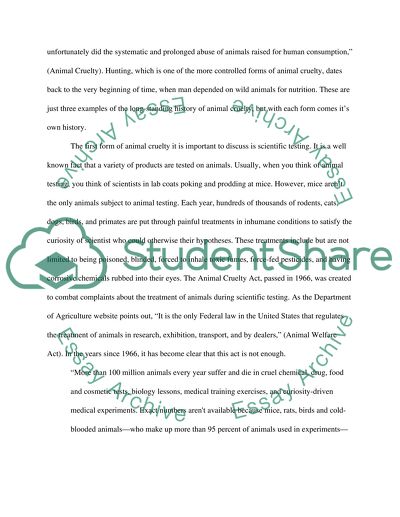Cite this document
(“Animal Cruelty Essay Example | Topics and Well Written Essays - 2250 words”, n.d.)
Retrieved from https://studentshare.org/environmental-studies/1412953-animal-cruelty
Retrieved from https://studentshare.org/environmental-studies/1412953-animal-cruelty
(Animal Cruelty Essay Example | Topics and Well Written Essays - 2250 Words)
https://studentshare.org/environmental-studies/1412953-animal-cruelty.
https://studentshare.org/environmental-studies/1412953-animal-cruelty.
“Animal Cruelty Essay Example | Topics and Well Written Essays - 2250 Words”, n.d. https://studentshare.org/environmental-studies/1412953-animal-cruelty.


